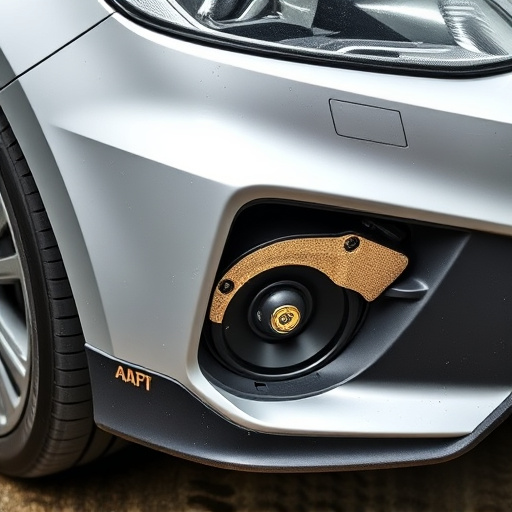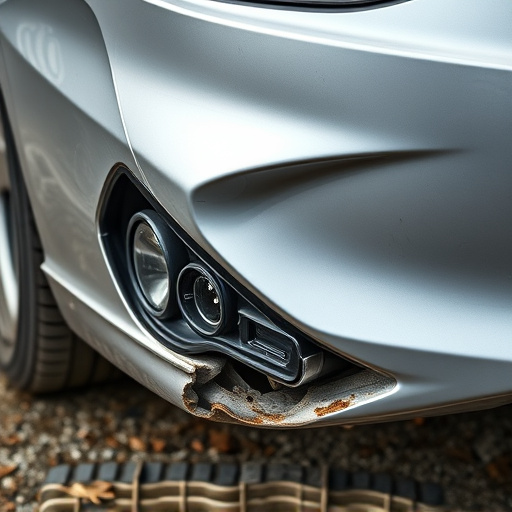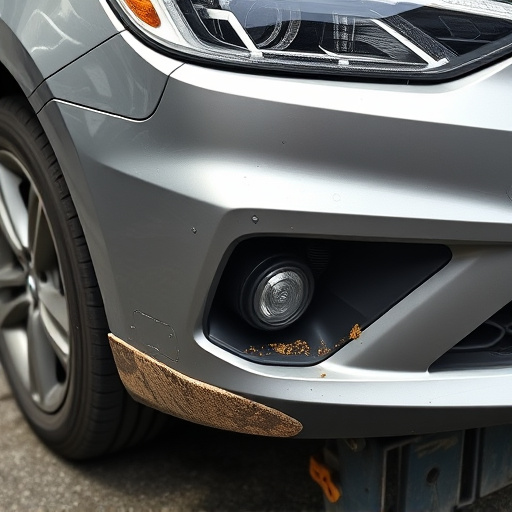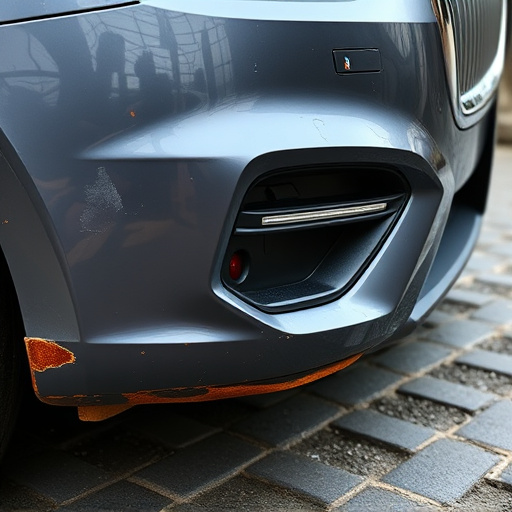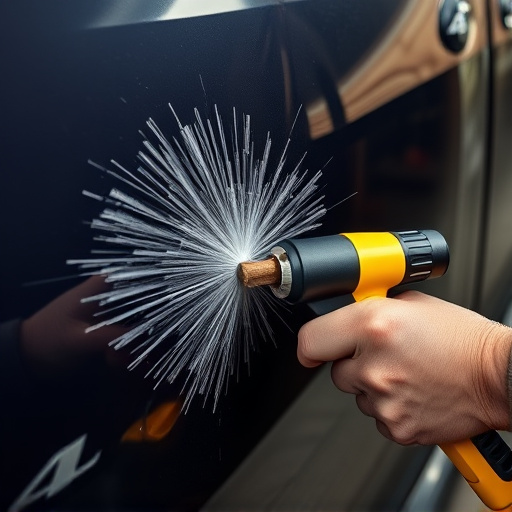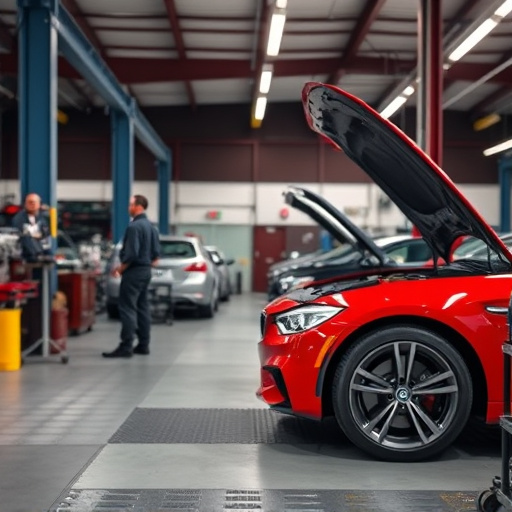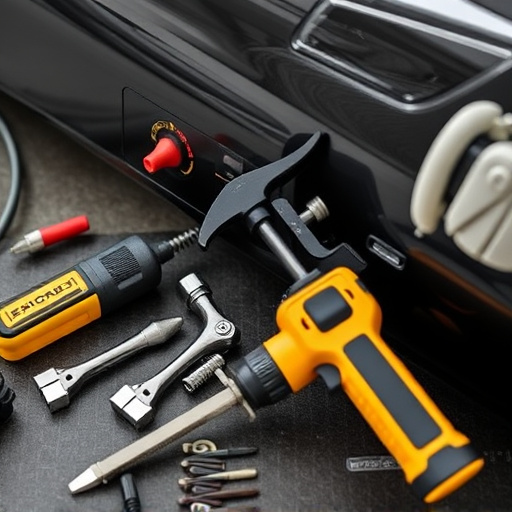The Tesla seatbelt pretensioner reset is a critical safety step, crucial for maintaining the integrity of your vehicle's life-saving protection system. This process should be performed every few months or after bodywork to ensure optimal performance and reliability, especially post-accidents or extreme road conditions. Using an OBD-II scanner, connect to the diagnostic port, follow instructions to reset without starting the engine, then manually test each seatbelt's security. Always use reliable equipment and strictly adhere to Tesla guidelines; seek professional help for complications.
Tesla’s advanced safety systems, like the seatbelt pretensioner, require periodic resets for optimal performance. This article delves into the intricacies of the Tesla seatbelt pretensioner system, explaining its crucial role in passenger safety and why a reset becomes necessary. We’ll guide you through the step-by-step process, ensuring your vehicle’s system integrity validation remains robust. Understanding when and how to perform this maintenance task is essential for Tesla owners aiming to maximize their car’s safety features.
- Understanding Tesla Seatbelt Pretensioner System
- When and Why a Reset is Required
- Step-by-Step Guide for Resetting the System
Understanding Tesla Seatbelt Pretensioner System

The Tesla seatbelt pretensioner system is a crucial safety feature designed to protect passengers during a collision. It works in conjunction with the vehicle’s airbags to minimize the risk of injury by tightly securing occupants in their seats. This sophisticated mechanism consists of sensors, actuators, and pretensioners that work together to rapidly tighten seatbelts, pulling drivers and passengers back into a safer position. Regular maintenance is essential to ensure this system functions optimally, which includes periodic Tesla seatbelt pretensioner resets.
For car enthusiasts who take pride in maintaining their vehicles, understanding the importance of these resets goes beyond mere functionality; it’s about upholding the integrity of your auto detailing and overall vehicle health. While an auto body shop or skilled technicians can handle complex repairs like auto dent repair, performing routine Tesla seatbelt pretensioner resets is a task owners can often manage themselves. This proactive approach not only saves costs but also contributes to the longevity of your vehicle’s safety systems, making it a valuable practice for any car owner considering regular auto detailing routines.
When and Why a Reset is Required

When a Tesla vehicle undergoes certain events or experiences, such as a severe accident or intense road conditions like sudden stops and jerks, the seatbelt pretensioner system is activated to secure passengers safely. Over time, this critical safety feature may require a reset for optimal performance and system integrity validation. A Tesla seatbelt pretensioner reset ensures that the sensors and mechanisms function accurately, providing the best protection in case of an emergency.
Regular resets are essential to maintain the reliability of the pretensioner system. This process allows auto repair services to identify and address any potential issues or malfunctions, ensuring the safety of the vehicle’s occupants. Unlike other aspects of a car’s maintenance, a Tesla seatbelt pretensioner reset is not a routine check but a necessary measure to guarantee the integrity of this life-saving component, especially in the event of an auto collision center visit or paintless dent repair process, where the system might be compromised.
Step-by-Step Guide for Resetting the System

Performing a Tesla seatbelt pretensioner reset is crucial for maintaining system integrity and ensuring optimal passenger safety. Here’s a step-by-step guide to help you through the process. First, locate the vehicle’s diagnostic port, usually found beneath the steering wheel or in the glove compartment. Next, connect a compatible OBD-II scanner to the port and turn on the ignition without starting the engine. Initiate the Tesla seatbelt pretensioner reset through the scanner’s interface, following the specific instructions provided by the tool. Once the reset is complete, disconnect the scanner and test the seatbelt pretensioners manually by pulling on each seatbelt to ensure they engage securely. Regularly performing this reset, recommended every few months or after significant car bodywork services, will guarantee your Tesla’s safety systems remain in top condition.
For a successful Tesla seatbelt pretensioner reset, it’s essential to use a reliable OBD-II scanner compatible with Tesla vehicles. While the process itself is straightforward, incorrect execution could lead to issues with the auto body work or other components. Always refer to official Tesla guidelines and consider seeking assistance from professional car bodywork services if you encounter any complications.
The proper functioning of Tesla’s seatbelt pretensioner system is paramount for passenger safety. Regularly resetting this system ensures optimal performance in case of emergencies, as it allows the sensors to recalibrate and validate their integrity. By following a simple step-by-step guide, Tesla owners can easily perform this maintenance task themselves, maintaining peace of mind knowing their vehicle’s safety features are always ready when needed.

